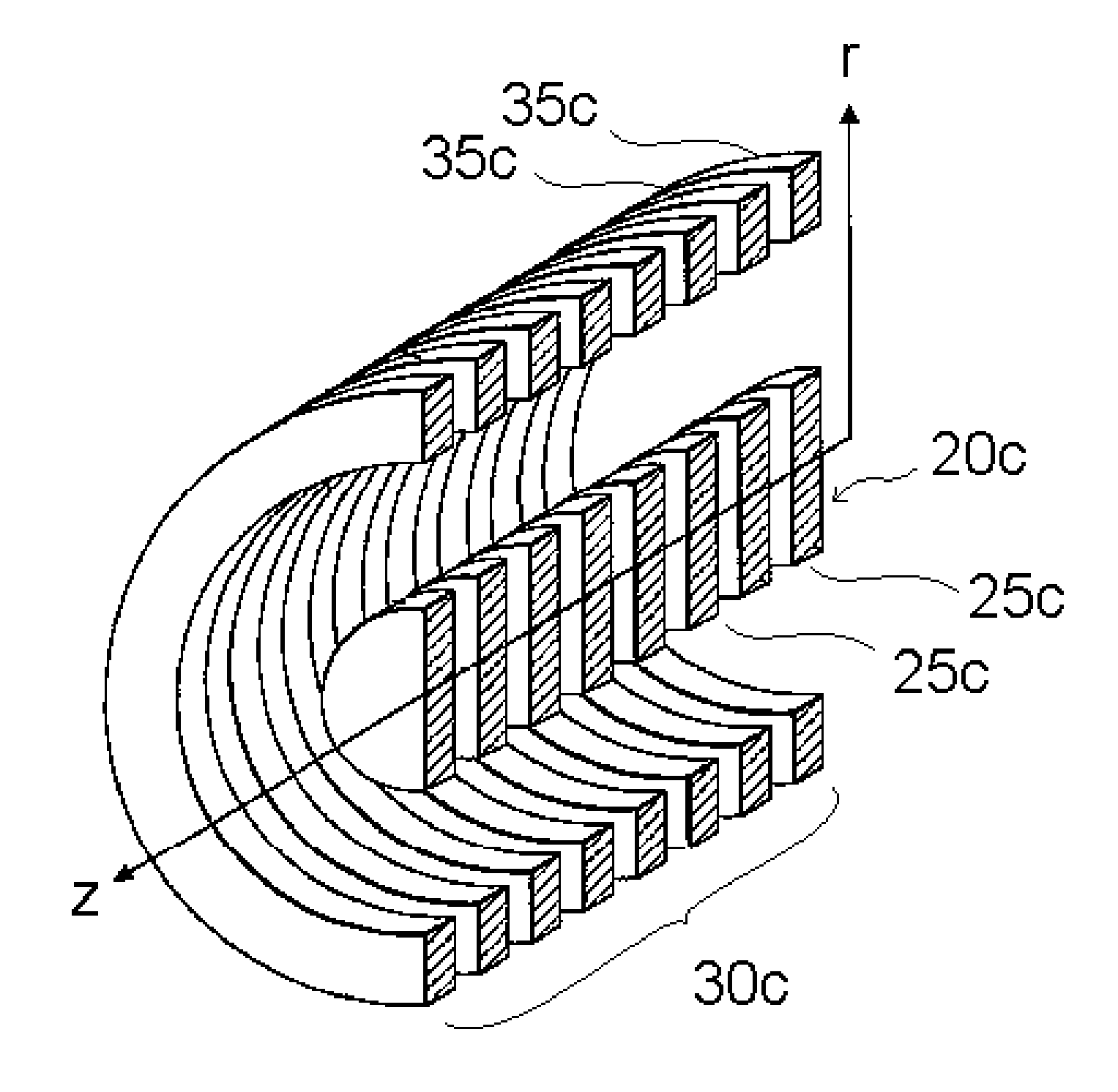Charged Particle Analysers And Methods Of Separating Charged Particles
a technology of charged particles and analysers, which is applied in the direction of particle separator tube details, tube electrostatic deflection, separation process, etc., can solve the problems of increasing manufacturing costs, requiring more laboratory space for housing instruments, and extending the size of instruments, so as to achieve the effect of keeping the length of the internal ejection trajectory preferably short and avoiding the length of the internal ejection trajectory
- Summary
- Abstract
- Description
- Claims
- Application Information
AI Technical Summary
Benefits of technology
Problems solved by technology
Method used
Image
Examples
Embodiment Construction
[0440]In order to more fully understand the invention, various embodiments of the invention will now be described by way of examples only and with reference to the Figures. The embodiments described are not limiting on the scope of the invention.
DESCRIPTION OF FIGURES
[0441]FIG. 1 shows the coordinate system used to describe features of the present invention and the z dependence of the of the electric field strength.
[0442]FIG. 2 shows schematic views of the electrode structures for various embodiments of the invention.
[0443]FIG. 3 shows schematically examples of main flight paths of the beam in embodiments of the invention and its envelopes.
[0444]FIG. 4 shows schematic representations of a beam of ions undergoing oscillations in an analyser according to the invention with (FIG. 4b,c) and without (FIG. 4a) arcuate focusing lenses, and an example of an arcuate focusing lens.
[0445]FIG. 5 shows schematically various embodiments of arcuate focusing lenses of the invention and a schematic ...
PUM
 Login to View More
Login to View More Abstract
Description
Claims
Application Information
 Login to View More
Login to View More - R&D
- Intellectual Property
- Life Sciences
- Materials
- Tech Scout
- Unparalleled Data Quality
- Higher Quality Content
- 60% Fewer Hallucinations
Browse by: Latest US Patents, China's latest patents, Technical Efficacy Thesaurus, Application Domain, Technology Topic, Popular Technical Reports.
© 2025 PatSnap. All rights reserved.Legal|Privacy policy|Modern Slavery Act Transparency Statement|Sitemap|About US| Contact US: help@patsnap.com



